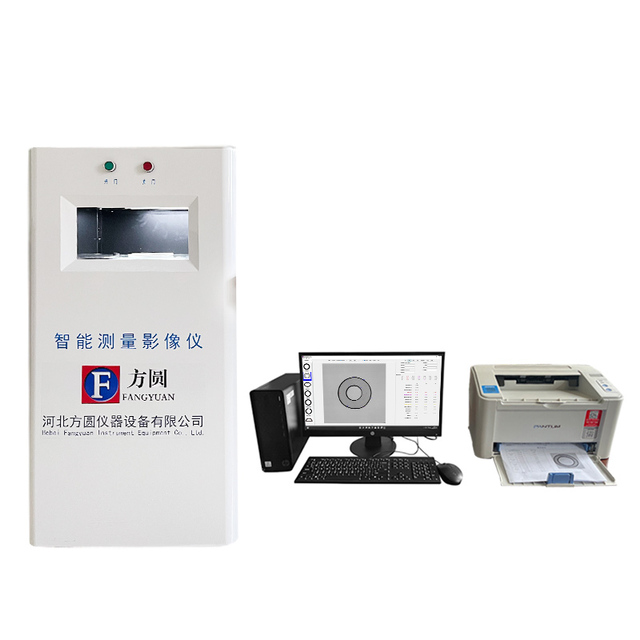uv irradiation crosslinking machine manufacturer
Understanding UV Irradiation Crosslinking Machines A Comprehensive Overview
In the fast-evolving field of materials science, UV irradiation crosslinking has emerged as a pivotal technology for enhancing the properties of various polymers and coatings. The process of crosslinking involves the formation of chemical bonds between polymer chains, thereby increasing the material's strength, durability, and resistance to heat and chemicals. The machinery that facilitates this process—known as UV irradiation crosslinking machines—plays a critical role in numerous industrial applications, from adhesives and coatings to textiles and electronics.
What is UV Irradiation Crosslinking?
At its core, UV irradiation crosslinking involves the exposure of liquid or powdered polymer formulations to ultraviolet light, which initiates a chemical reaction leading to crosslinking. The UV radiation activates photoinitiators—substances that absorb the UV light and subsequently generate free radicals. These free radicals interact with the polymer chains, creating new bonds and forming a three-dimensional network that enhances the material's overall properties.
Benefits of Using UV Irradiation Crosslinking Machines
1. Speed One of the primary advantages of UV crosslinking is speed. Unlike traditional thermal curing processes that can take hours or even days, UV curing typically completes in seconds to minutes. This rapid processing results in increased production efficiency, making it an attractive option for manufacturers looking to optimize throughput.
2. Energy Efficiency UV crosslinking requires significantly less energy than conventional heating methods. This not only reduces operational costs but also contributes to a smaller carbon footprint for manufacturers, aligning with global sustainability initiatives.
3. High Performance UV-cured products often exhibit superior adhesion, hardness, and chemical resistance compared to their thermally cured counterparts. This high-performance capability is particularly essential in industries such as automotive, aerospace, and electronics, where material reliability is paramount.
4. Versatility UV irradiation crosslinking can be applied to a diverse array of materials, including acrylics, polyurethanes, and epoxies. This versatility allows manufacturers to tailor their formulations to meet specific performance requirements, making this technology indispensable across multiple sectors.
Key Features of UV Irradiation Crosslinking Machines
uv irradiation crosslinking machine manufacturer

When selecting a UV irradiation crosslinking machine, manufacturers should consider several key features
- Wavelength Compatibility Different photoinitiators require specific wavelengths of UV light to activate efficiently. A good machine should accommodate various wavelengths—typically from UVA (315-400 nm) to UVC (100-280 nm)—to support a wide range of formulations.
- Intensity Control The ability to adjust UV intensity is crucial for optimizing curing speed and performance. Some advanced machines come with integrated sensors that monitor and control intensity in real-time, ensuring consistent curing every time.
- Conveyor Systems Many machines are equipped with conveyor belts to facilitate high-volume production. The speed of the conveyor can often be adjusted, allowing for flexibility in processing time and material thickness.
- Cooling Systems Heat generated during UV curing can adversely affect certain materials. Efficient cooling systems within the machinery help dissipate heat, preserving the integrity of sensitive substrates.
- Safety Features Safety is paramount when dealing with UV radiation. Machines should include protective enclosures, UV shielding, and automatic shut-off mechanisms to safeguard operators and maintain a safe working environment.
Selecting a Manufacturer
Choosing the right UV irradiation crosslinking machine manufacturer is vital for achieving optimal production outcomes. Manufacturers should look for companies with proven expertise in UV technology, robust customer support, and a track record of innovation. Additionally, assessing testimonials and case studies can provide valuable insights into a manufacturer's reliability and the performance of their machines.
Conclusion
As industries continue to demand higher performance materials, UV irradiation crosslinking machines will play a crucial role in meeting these expectations. With their fast processing times, energy efficiency, and ability to enhance material properties, these machines represent the future of manufacturing in various sectors. Embracing this technology not only paves the way for superior products but also aligns with sustainable practices, meeting the dual challenges of performance and environmental responsibility in today’s market.
-
Why the Conductor Resistance Constant Temperature Measurement Machine Redefines Precision
NewsJun.20,2025
-
Reliable Testing Starts Here: Why the High Insulation Resistance Measuring Instrument Is a Must-Have
NewsJun.20,2025
-
Flexible Cable Flexing Test Equipment: The Precision Standard for Cable Durability and Performance Testing
NewsJun.20,2025
-
Digital Measurement Projector: Precision Visualization for Modern Manufacturing
NewsJun.20,2025
-
Computer Control Electronic Tensile Tester: Precision and Power for the Modern Metal Industry
NewsJun.20,2025
-
Cable Spark Tester: Your Ultimate Insulation Assurance for Wire and Cable Testing
NewsJun.20,2025
 Copyright © 2025 Hebei Fangyuan Instrument & Equipment Co.,Ltd. All Rights Reserved. Sitemap | Privacy Policy
Copyright © 2025 Hebei Fangyuan Instrument & Equipment Co.,Ltd. All Rights Reserved. Sitemap | Privacy Policy
